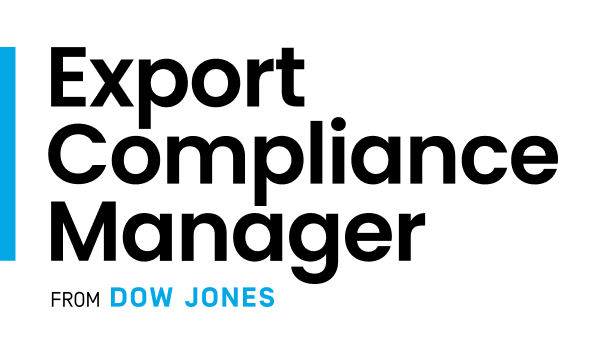As you give thought to your trade compliance program activities for 2022, here are some suggested reviews to include:
Product classifications
Look over your product classification matrix to determine whether there are any outdated classifications. If you have accompanying formal government classifications, such as CCATS, are they still relevant? Consider whether regulatory updates over the years have impacted your export classifications, especially for products with encryption, where the regulations tend to be updated more frequently.
Also, the latest round of the World Customs Organization’s updates to the Harmonized System took effect in January 2022. Be proactive in scanning for any impacts to your products’ classifications. While it may be a simple matter to update your trade management or ERP systems with the code changes, consider where else the classifications may exist that also need to be refreshed. For example, do you process your company’s non-revenue-related shipments in systems where classification data is manually entered? Software offered by major carriers to process shipments often provide shippers with the ability to store templates with product information. However, those must be manually updated each time there is a classification change or companies can run the risk of creating export documents with outdated classifications. Third parties such as customs brokers or export agents that rely on your product matrix to process your exports and imports may also need to be alerted of any changes. Finally, if you offer an online product classification lookup tool, test it to make sure classifications are current.
Export licenses
Take an inventory of your open export licenses. Begin preparations for re-filing license applications for those that are set to expire soon. Confirm that there aren’t any quantities close to their approved thresholds. Be sure to review license conditions to ensure that the company is still able to comply and that all required records are on file. If any licenses require annual reporting to their issuing agencies, make sure you’ve noted those dates in your compliance calendars.
Training
With the speed of regulatory change we’ve witnessed, if your compliance training materials haven’t been updated in more than a couple of years, there is a good chance a refresh is in order. Check to see what new policies or processes can be highlighted. Verify that training records are being maintained and can be easily accessed. Determine whether the frequency of training is adequate. Identify two or three internal groups that would benefit from a targeted training in 2022 and work with them to get it on the calendar.
Trade compliance resources
Do your employees know where to go when they have questions about trade compliance? Review the company’s online trade compliance resource page (or talk to IT about creating one). If there are links to government sources, test them to make sure they remain valid. Update contact information for the compliance team as needed. Make sure posted policies reflect the latest revisions.
Screening
The frequency at which global restricted party lists are updated has increased significantly in recent years. Governments are paying close attention to human rights, military end uses and end-users, and how, and to whom, financial payments are made. Review your global screening procedures to ensure that screening is being conducted early enough in a transaction to catch, escalate, and address screening matches, and to obtain licenses if needed. Confirm that the due diligence is being performed consistently by those responsible for screening and that screening records are being stored. Review end use statement templates to align them with the most recent regulatory language and to reflect the most current citations.
